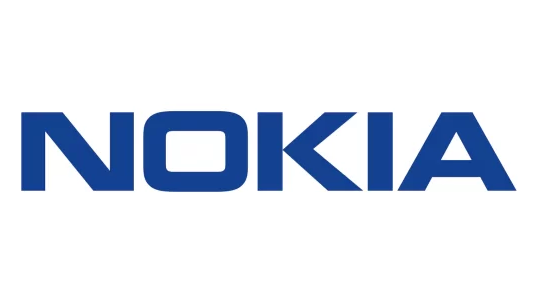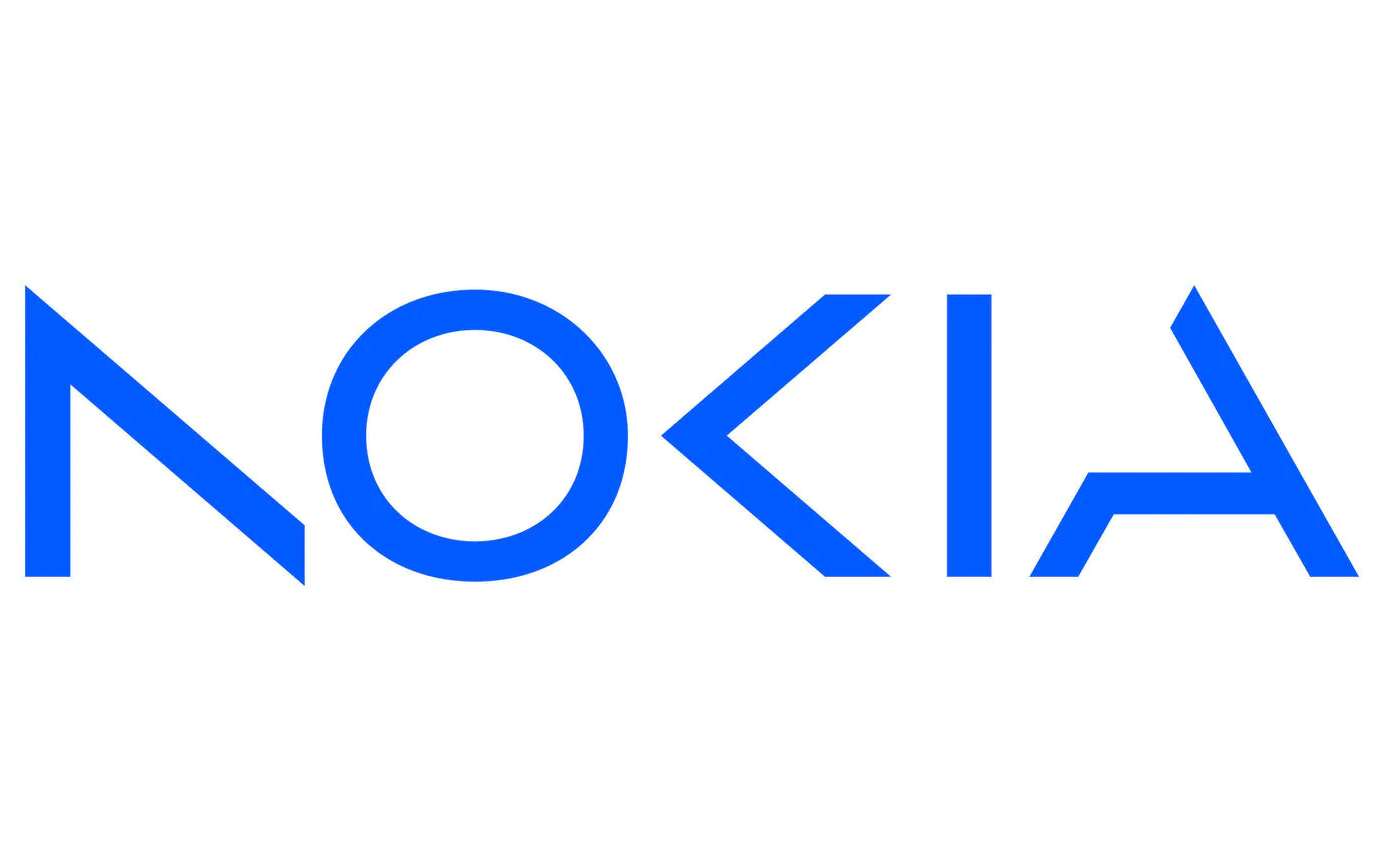Nokia is known for being one of the longest standing mobile phone brands. So, why did they need a rebranding? In fact, it is not an understatement to refer to them as the mobile phone brand king. They used to be the only name on a lot of people’s mouth for a long time in Nigeria. After some time, the likes of Blackberry and Motorola stole the show. I wonder what happened to Blackberry’s marketing strategy though.

Nokia’s Logo used to be a bold Navy Blue shade Font that stood out differently because of its distinctness. The navy blue color is now replaced with a bright royal blue. The font has also been replaced with shape-like fonts that could be considered more modern.
What Exactly Is Nokia’s Aim?
Nokia’s President and Chief Executive, Pekka Lundmark said, “There was the association to smartphones and nowadays we are a business technology company,”. This was to state clearly that they are not just a mobile phone brand. Unlike the stereotype they were in, they are working with three major strategies; reset, accelerate, and scale. It is a fact, according to them that they are a successful mobile brand. This is true to a large extent. They also stated that they want people’s mind to picture them as a business that is more interested in networks and industrial digitalization.

The reset stage of the rebranding is the new look of the logo, as stated by the Brand’s President, Lundmark. He further said, “The signal is very clear. We only want to be in businesses where we can see global leadership”. Rebranding sort of answers multi brand strategies. For some brands, they need to rebrand because their customer base could be on one of their products, instead of being distributed on them as a whole.
Thinking about it, I think rebranding help brands define who they are. It help brands direct customers to products that could speak to their personal needs especial when a brand is a multi-brand. Rebranding broadens the customers’ view of who brands really are.
